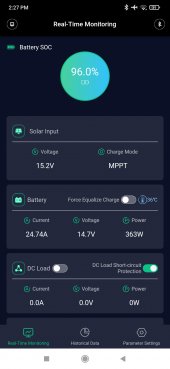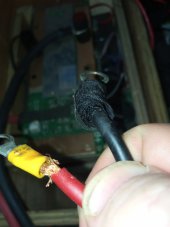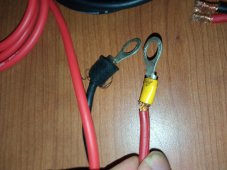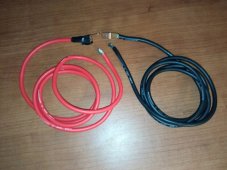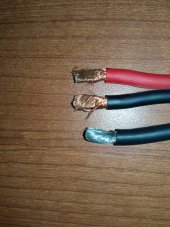I do not have a fuse from the SCC to the Battery/Busbar. The SCC has fuse built in.
This evening, very shortly, I will be swapping out the 8AGW for a 2'6AWG, and tomorrow I will take readings from morning to night.
What is your system configuration, and what are the readings at the terminals of your battery and scc? what is your daily usage scenario, and your battery state of charge?
Can you please look at this thread, and if you, or someone you know has a qualifying system, can you take the readings, it would go a long way to building a real world datasheet - thanks again
HEADER: FOR DATA GATHERING PURPOSES, PLEASE LIMIT THE COMMENTS IF YOU DO NOT HAVE THE REQUESTED INFORMATION – THIS WILL HELP THE PROCESS OF GATHERING REAL WORLD DATA – THANK YOU If you feel like commenting on this post, please at the top of your comment state: I Do Not Have Qualifying Data –...

diysolarforum.com





